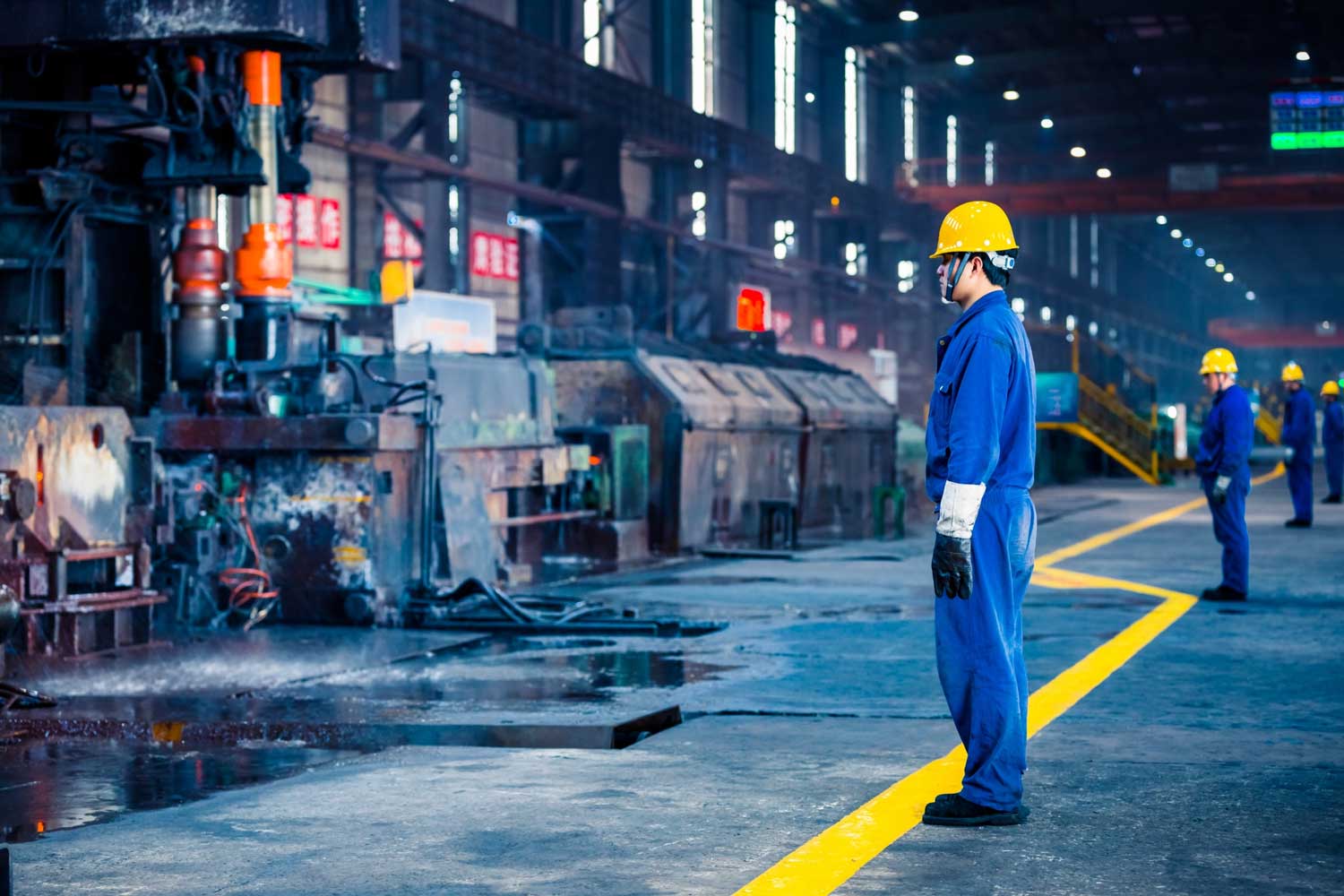In industrial settings, the longevity and efficiency of equipment is crucial for productivity and the overall success of operations. Among many ways to ensure this, advanced shielding has emerged as a potent strategy to increase equipment durability.
This piece aims to explore how incorporating advanced shielding methods can improve the life and performance of industrial equipment.
Understanding the Need for Advanced Shielding
The initial focus should be understanding why shielding is required in the first place. Industrial equipment, ranging from small handheld tools to large machinery, frequently faces a harsh operating environment.
Physical forces such as vibrations, shock, or extreme temperatures, along with electromagnetic interference (EMI), can severely compromise equipment integrity. Without appropriate protection, these influences can lead to equipment breakdown, performance reduction, and even safety hazards.
Advanced shielding methods are specifically designed to protect equipment from such conditions. They act as a protective barrier between the equipment and its surrounding environment, ensuring optimal operation and longevity.
The Fundamentals of Advanced Shielding
Advanced shielding methods typically employ a blend of cutting-edge materials and strategic design principles. They often include electromagnetic shielding to protect sensitive components from EMI and radio frequency interference (RFI). Physical shields are also commonly used to protect equipment from damage caused by impact, vibration, or extreme temperatures.
Material Selection
Material selection is crucial for effective shielding. Advanced shielding materials include specialized metals, composites, and ceramics that are chosen based on the specific challenges posed by the equipment’s operating environment. For example, in environments with high EMI, materials with high magnetic permeability are used. For physical protection, materials with high impact resistance, thermal stability, and durability are chosen.
Design Considerations
Design is another crucial aspect of advanced shielding. The goal is to create a shield that fits the equipment perfectly, without hindering its functionality. Design considerations also include the ease of installation and maintenance, weight implications, and cost-effectiveness. CAD and other digital design tools often play a significant role in the development of effective shielding solutions.
Implementing Advanced Shielding
The implementation of advanced shielding in an industrial setting can be a complex task, depending on the specific requirements of the equipment and the overall operational environment.
Assessment Phase
The first step in implementing advanced shielding is the assessment phase. This involves a detailed evaluation of the equipment, the operational environment, and the potential threats to the equipment’s integrity. This could include EMI and RFI assessments, vibration and shock testing, thermal analysis, and more.
Design and Fabrication
Once the assessment phase is complete, the shielding design can be finalized. This involves selecting the right materials, designing the shield for a perfect fit, and optimizing for weight, cost, and ease of installation. After the design phase, the shield is fabricated using the chosen materials.
Installation and Maintenance
The final stage is the installation of the shield on the equipment. This should be done carefully to ensure a perfect fit and to avoid any damage to the equipment. Regular maintenance checks should also be scheduled to ensure the shield is still performing optimally and hasn’t suffered any damage.
Key Components of Advanced Shielding
Shielding in industrial settings often involves multiple layers and components, each designed to provide specific types of protection. Let’s look at some of the crucial parts that play a role in advanced shielding measures:
Shielding Materials
These are the physical substances used to form the barrier against various harmful influences. They can be metals (like copper or aluminum), metal alloys, specialized composites, ceramics, or even certain types of plastics. The choice of materials depends on the type of interference they need to block and other factors like cost, weight, durability, and thermal properties.
Shielding Enclosures or Cases
These are containers or covers that house the equipment or its sensitive components, offering physical protection. They are typically designed to fit the equipment perfectly and may be removable for maintenance or repairs.
Enclosures could be made from the same or different material as the rest of the shielding system, depending on the specific needs of the equipment. For instance, Wiegmann UL-approved enclosures are known for their durability and reliability, making them an excellent choice for advanced shielding applications in various industrial settings.
Gaskets and Seals
These components ensure that the shielding enclosure is secure and free from leaks. Gaskets and seals are particularly important in preventing any interference from seeping in through gaps between the shield and the equipment. They need to be highly durable and resistant to environmental factors like temperature, humidity, and pressure changes.
The Impact of Advanced Shielding on Equipment Durability
Advanced shielding can significantly enhance equipment durability in several ways. Firstly, by protecting equipment from physical damage, it reduces the chances of breakdowns and extends the equipment’s lifespan. It also ensures optimal performance by preventing disturbances such as EMI and RFI.
In addition, shielding can also contribute to reducing maintenance requirements. When equipment is adequately protected, it is less likely to require frequent repairs, thus reducing maintenance costs and downtime. This, in turn, enhances overall productivity and efficiency.
The Pivotal Role of Advanced Shielding
Ensuring equipment durability is a complex task in industrial settings, requiring the integration of various strategies. Advanced shielding stands out as one of the most effective ways to increase the longevity and performance of industrial equipment.
With a carefully selected combination of materials and design principles, advanced shielding can significantly mitigate the harsh impacts of challenging operational environments. With careful implementation and maintenance, it can ensure equipment functions at optimal levels for extended periods, significantly enhancing productivity and efficiency in industrial settings.









